State of Nature: Picturing the Silent Forest
Explore the captivating botanical art of Fanny Bertha Good in "State of Nature," an exhibition showcasing her expressive and detailed depictions of New Zealand's native forests, plants, and fungi.
About a year ago, I had the pleasure of corresponding with Chanelle Carrick, a talented curator of pictorial collections at Puke Ariki Museum in Ngāmotu/New Plymouth, New Zealand.
With a background in art history and anthropology, Chanelle is responsible for the care and development of an extensive collection of photographs and artworks that narrate the Taranaki region's past and present.
Her growing passion for sustainability and permaculture principles drives her attraction to those rare moments when creativity, community, and nature converge. As someone who can typically be found in the garden, Chanelle's enthusiasm shines through in the original text she wrote for the "State of Nature" exhibition.
Today, we are delighted to repost her words, accompanied by photos of the event that beautifully showcase the exhibition.
Puke Ariki Museum, New Plymouth
April 7 – 5 Nov. 2023
State of Nature explores the stories of our native forests through the paintings of artist Fanny Bertha Good (1860-1950) and her family’s experiences as early pākehā settlers in South Taranaki.
After losing her hearing as a teenager, Fanny spent hours exploring the bush near her home in Ōeo, collecting plant and fungi specimens for her work.
Many of the species she painted are now critically endangered or naturally rare due to generations of bush clearing that began with the establishment of townships and farms across the region.
The exhibition examines the history of this mass deforestation alongside the role of botanical art and illustration in the settlement of Aotearoa, placing Fanny’s work within this wider context.

Puke Ariki holds over 200 paintings by Fanny. Most of these depict native plant species that she has identified, either by their scientific name or Māori name, on the back of each painting.
Her work is more expressive and bolder than traditional botanical art, but with an attention to detail that allows different species to be recognised and studied.
Fanny’s fungi paintings take on a different format. Some of them are divided into rectangles like specimen boxes, while others place diverse species side by side in wide panoramas.
Compared to the more aesthetically composed botanical specimen works, these paintings seem to be studies, with some mushrooms playfully flipped upside down to capture their gills.
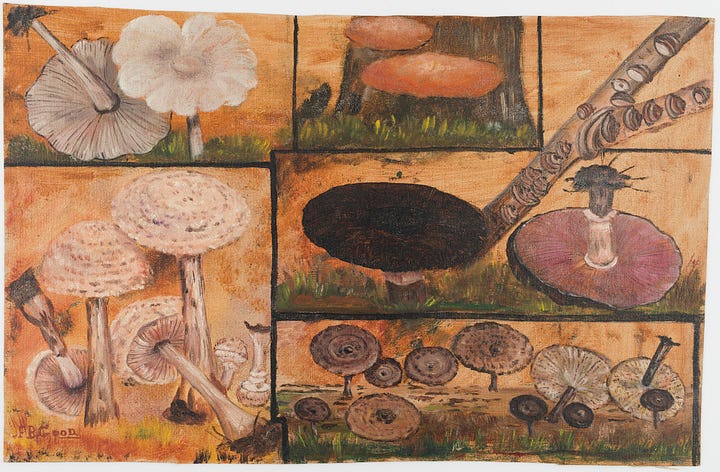
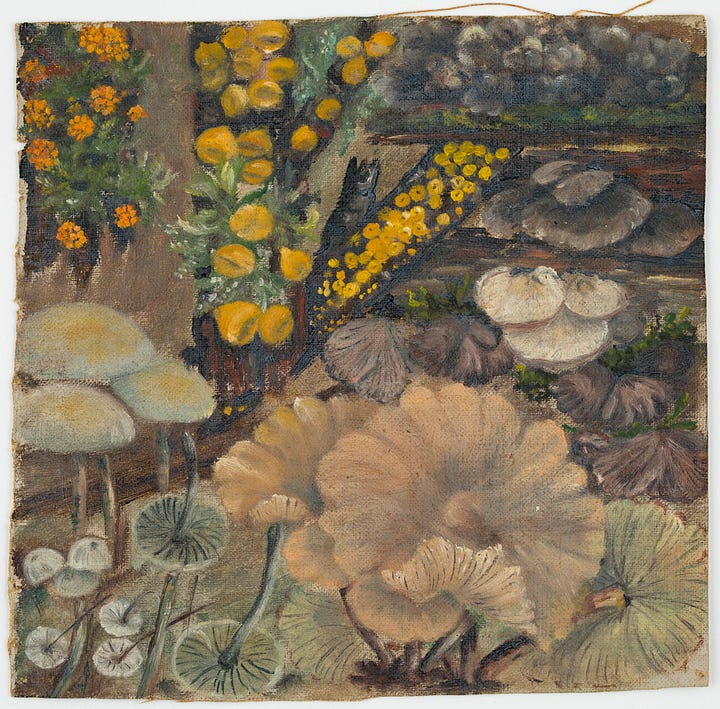
Fungi didn’t seem to be Fanny’s scientific specialty as she only identified a very small number of species. Yet, her treatment of the diverse examples she depicted indicates the same emphasis on accuracy as seen in her botanical works.
Due to the quality of her materials, many of Fanny’s paintings have sadly discoloured, some of them taking on a pale ghostly bloom. Just as the details of these works have been lost over time, so have the details of Fanny’s story.
She left us no diaries or letters that might have shed light on her passion for the natural world. She might have shared stories and specimens with friends elsewhere (some of her paintings show specimens she wouldn’t have had access to in Taranaki) and what her life was like as a young woman with hearing loss in colonial New Zealand.
By sharing her work at the museum and in both creative and scientific communities, I hope to piece together more of her story and see her recognised as one of Aotearoa’s early botanical artists.



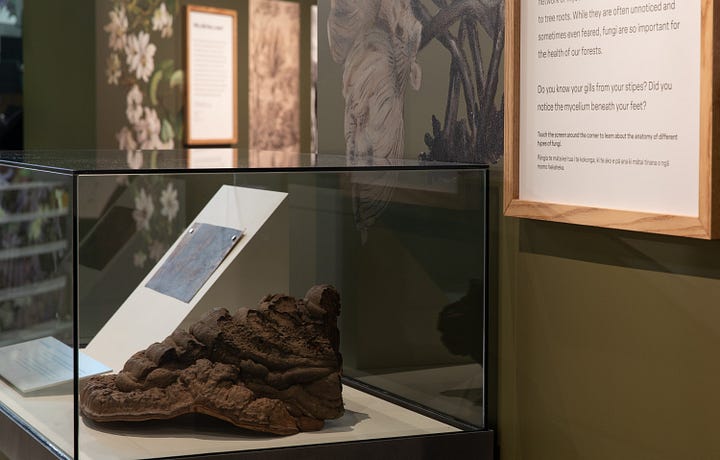
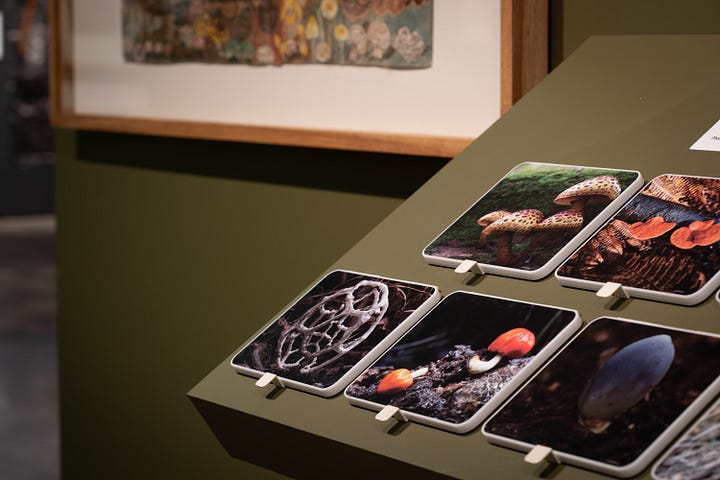
As we celebrate and rediscover Fanny's work through Chanelle's captivating curation, we hope to illuminate the often-overlooked stories of our past and foster a deeper appreciation for the intricate relationship between art, nature, and history.





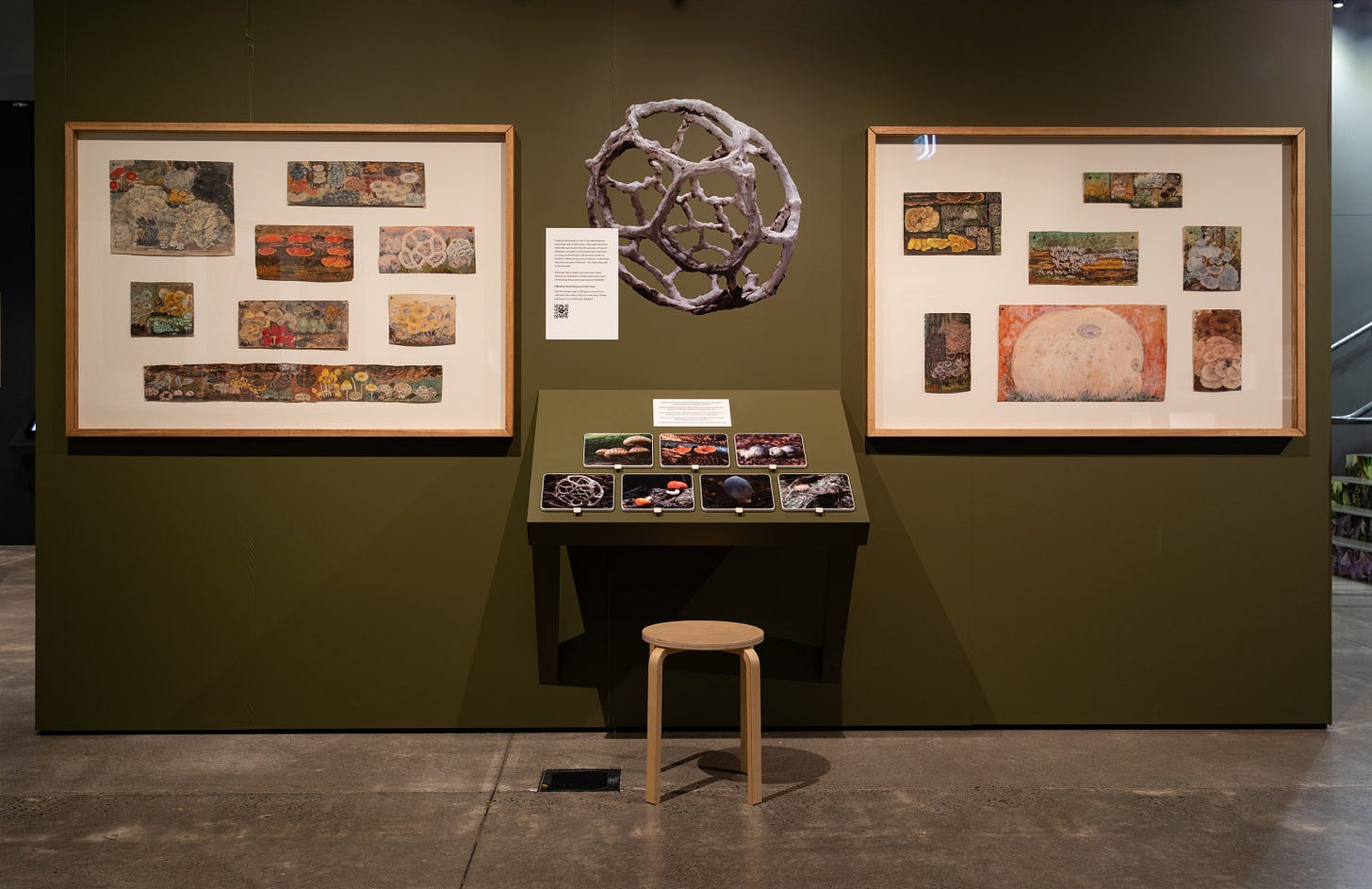

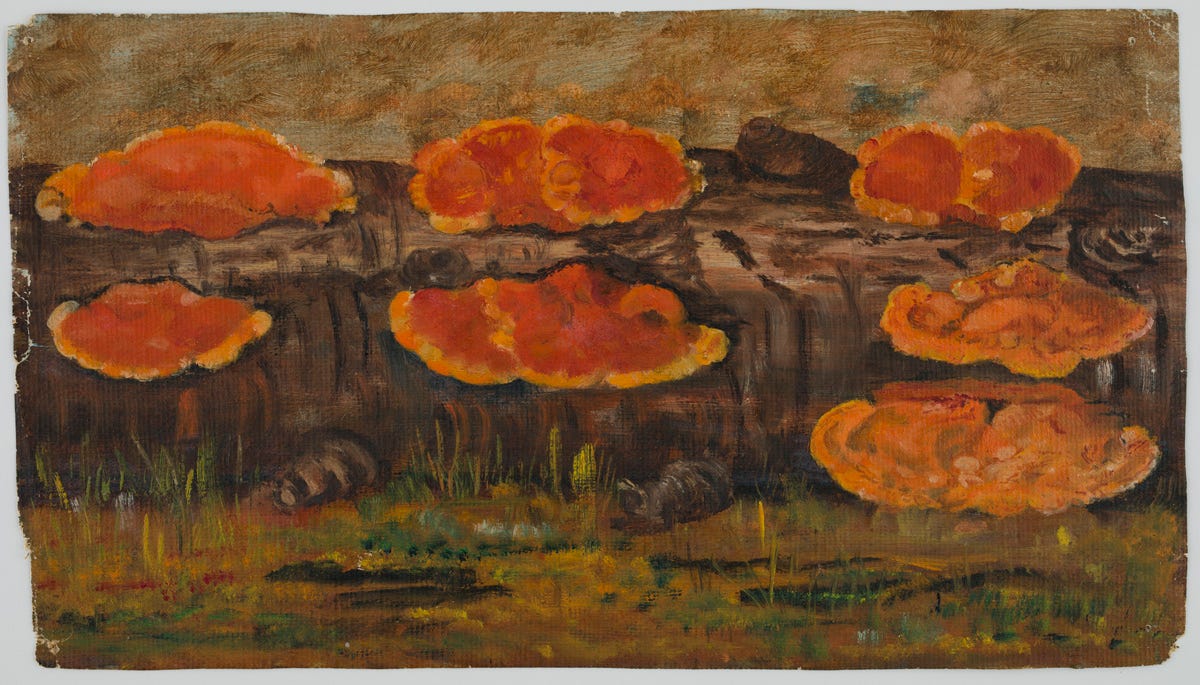



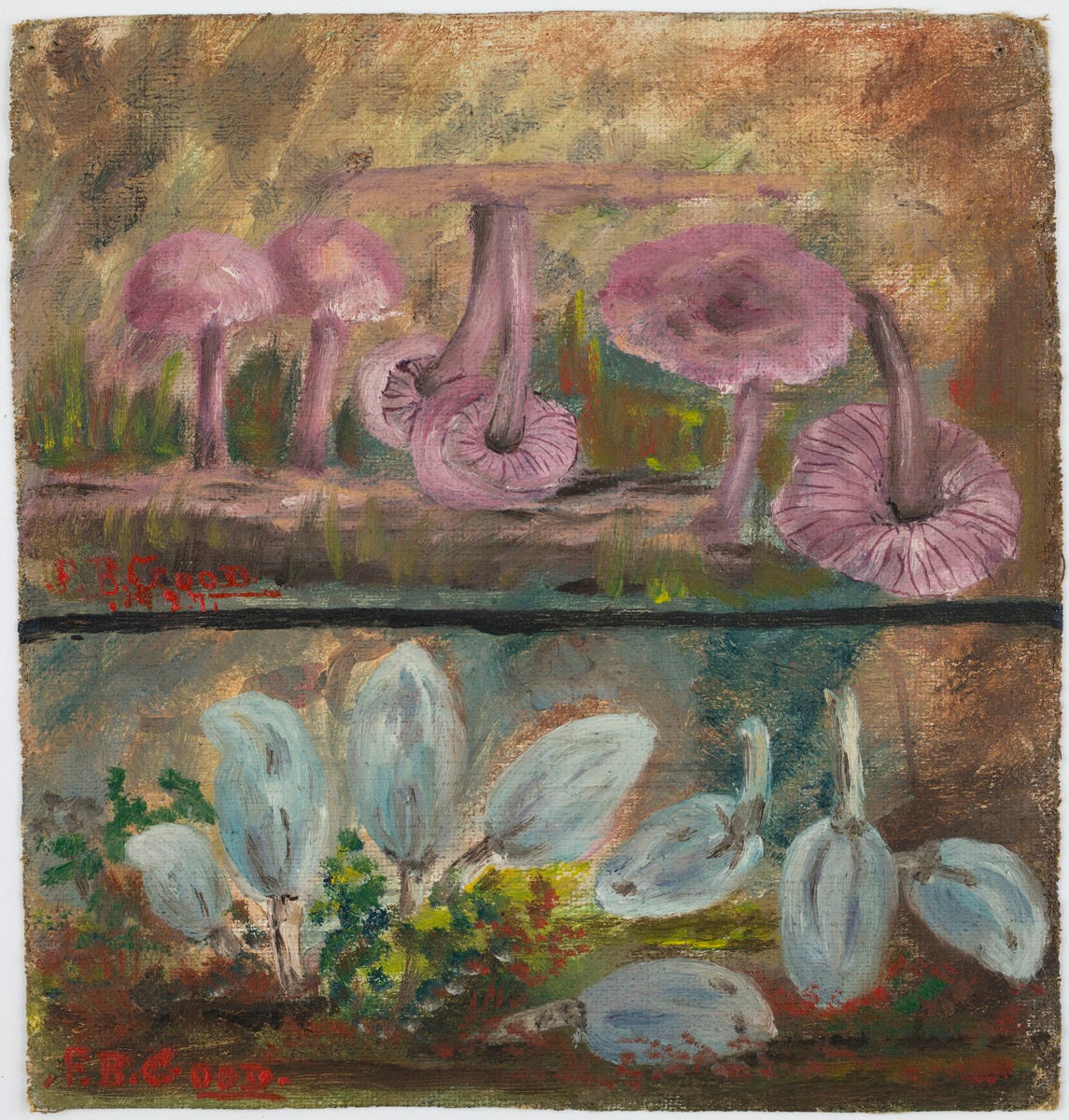
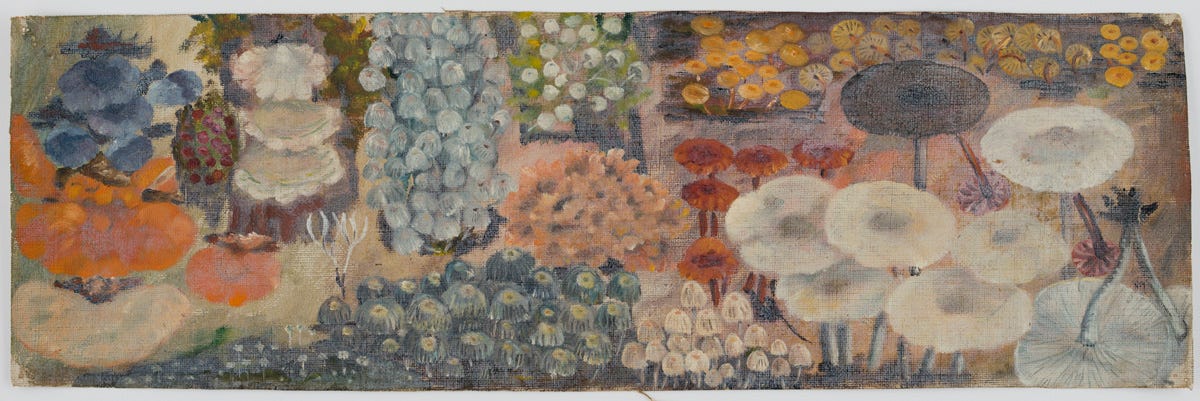
Awesome work ... beautiful art!!